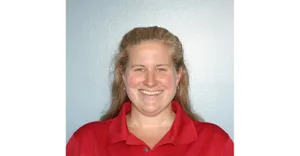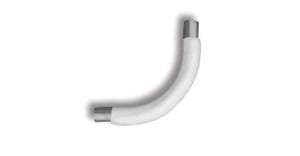January 21, 2009
JSC Acron is to de-bottleneck urea solidification processes at its Veliky Novgorod facility in Russia with the installation of a Rotoform HS pastillation line delivering a throughput capacity of up to 40,000 MTPY.
Scheduled for delivery in March 2009, the order is for the high-speed version of Sandvik Process Systems’ flagship Rotoform pastillation process, plus the facilities necessary to support an additional two Rotoform HS lines in the future and increase total capacity to 120,000 MTPY. This includes a common cooling water and exhaust air system, together with the electrical instrumentation and controls necessary to provide fully automatic operation. Sandvik is also providing supervision of erection, start-up, and training.
The Rotoform HS system was initially developed to provide high-capacity sulfur pastillation at oil and gas refineries. Thirteen lines are now in operation with another four in production, and such has been its operational success – including 8400 hours/year productivity – that other markets are now taking interest: this will be the first commercial scale Rotoform HS installed for urea pastillation.
The system, which can be used to produce either fertilizer urea or technical urea without any modification, enables pastilles to be produced in 2, 3, or 4 mm diameters. Multiple lines can be run in parallel to deliver high throughput capacities and the flexibility to switch to partial operation without halting production.
“It’s possible to handle anything from 100 to more than 2500 tons per day using multiple Rotoform lines,” explains Sandvik sales manager Albert Baeder, “and this makes it ideal for de-bottlenecking or completely revamping urea processing facilities. This high degree of flexibility, together with the excellent crushing strength of the pastilles, were two of the major factors behind JSC Acron’s decision to go with the Rotoform HS.”
The Rotoform process itself is well proven, with worldwide installations now in excess of 1400 and products handled ranging from sulfur and agrochemicals to resins, waxes, and rubber chemicals.
Whatever the application, the basic principle is the same, consisting of a continuously running steel belt, which is cooled from the underside by spraying water through nozzles. A specially developed feeding system – the Rotoformer – deposits the melt uniformly onto the continuously-running steel belt in form of droplets. These are cooled as they run with the steel belt and are discharged in form of solid pastilles (semispherical granules) at the end of the system.
This delivers free-flowing pastilles of uniform size and quality. A high crushing strength ensures an almost complete lack of dust – ideal for subsequent handling, storage, transportation, and application as a fertilizer. It is also an environmentally friendly process with low energy consumption, low dust and ammonia emissions, and a closed cooling water system that ensures no contamination and, therefore, no need for waste water treatment.
You May Also Like


